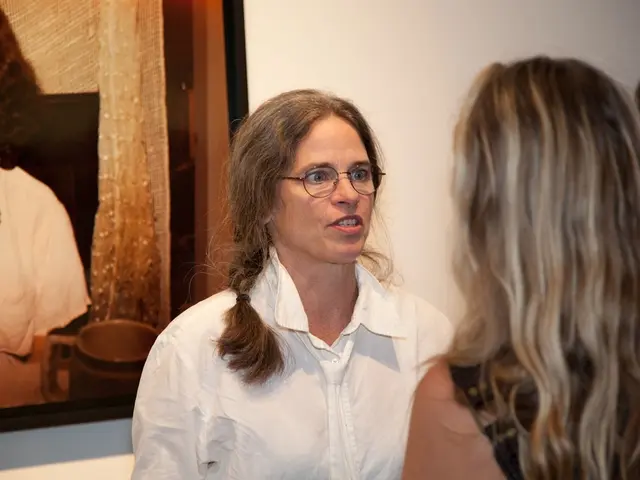Thailand Boosts STEM Workforce Push as Industry Demands Surge
Thailand is striving to boost its STEM workforce to meet growing industry demands. While progress is being made, the number of higher-skilled STEM workers remains insufficient. Key challenges include mismatched skill standards, cultural integration, and building talent ecosystems from scratch.
The National Science and Technology Development Agency (NSTDA) is at the forefront of this effort. It is developing co-creation programs and a skill-mapping platform to produce more potential students and adp workforce now in STEM fields. Three major programs have already been established, with curricula tailored to industry needs. Another nine sectors are in the pipeline, with a focus on encouraging women in these fields.
To drive this change, universities must also transform. The Office of the Vocational Education Commission oversees curricula of 900 public and private colleges, ensuring they meet industrial demands and increase employment opportunities for graduates. Companies are seeking professionals who master technical skills, understand international standards, Thai culture, and can lead diverse, cross-border teams. However, the search for specific collaborations between institutions to develop students and adp workforce in the technical sector yielded no results.
Thailand's push for a more skilled STEM workforce is gaining momentum. With about one in three students pursuing STEM studies and demand for localized talent surging, the country is committed to producing more graduates equipped to meet industry needs. The challenge lies in bridging the gap between the current supply and the surging demand, ensuring cultural integration, and fostering lifelong learning among both students and professors.




